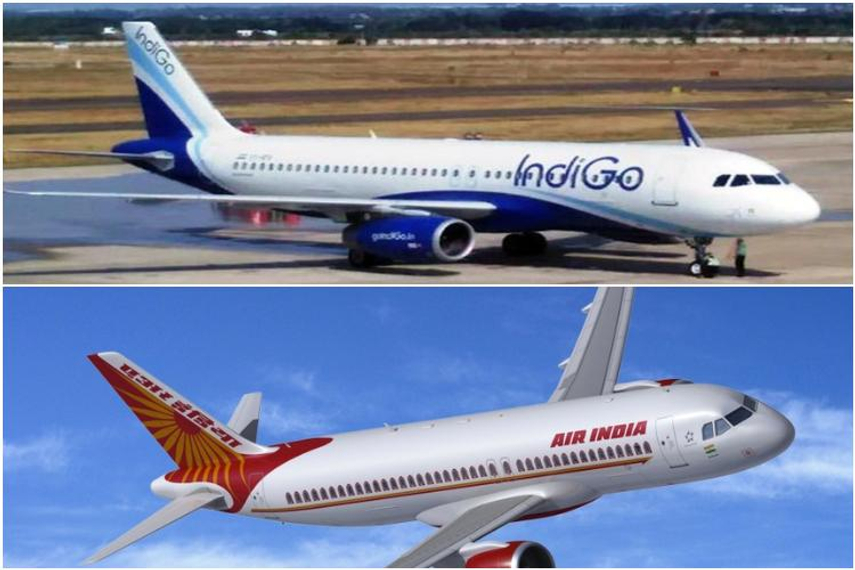
INDIA SECTOR FOCUS: AIRLINES
While other categories have global brands dominating, the airline category in our top 100 brands ranking for India tells a different story altogether, with IndiGo ranked at number 33 followed by Air India at 39—way ahead of global brands such as Air Asia at 96 and Emirates at 131.
Experts state that the primary reasons the airlines excel with domestic consumers are the number of routes for IndiGo and the number of years in business for Air India.
“We have to be able to experience the brand in order to rate it on any parameter," says Kiran Khalap, MD and co-founder of Chlorophyll. "Compared to an Emirates, which reaches just nine Indian cities, Indigo is on 63 routes, while Air India is on 59. Obviously these brands are more accessible to passengers, hence they have higher saliency.”
Gautham Narayanan, managing director, Wieden+Kennedy India, argues that the affinity goes deeper.
“National carriers don't just fly Indians, but represent India in the skies, globally," he says. "Air India was founded in 1946, as was the iconic Maharajah, and this brand enjoyed monopolistic status and became the pride of India with many aviation firsts."

Although IndiGo's story only goes back 14 years, it represents the upward mobility of India, Narayanan says. "The rapid economic development of the nation is intertwined with the rapid expansion of the airline. It has carved itself a progressive, humorous and much loved place in the heart of modern India."
Experience is also a very important factor. "The majority of Indians are much more likely to experience domestic travel versus flying abroad, which means a much higher usage and exposure to national carriers. IndiGo operates around 1,600 flights and carries around 2.5 lakh [250,000] passengers. For Air India it's around 800 flights and 85,000 passengers a day. So there's a high degree of familiarity and hence trust placed in these airlines, that continue to keep millions of Indians upwardly mobile.”
Khalap adds that brands need to align their business practices to the brand idea with consistency to achieve a high score and that’s something that IndiGo has been doing.
“Indigo also has achieved fame for its punctuality story, which they have consistently driven," he says. "The entire business model has been tailored to sweat their airplane assets, by keeping them in the air rather than on the ground. What other brands can learn is to align their business practices to the brand idea…with unwavering consistency."
From the weight of its onboard medicine box (changed from tin to cloth to reduce weight) to sticking with the Airbus A320 to simplify maintennce and spare parts stocking, every department of the Indigo business is "obsessed with living up to the brand idea of flying as facilitating access as cheaply and simply as possible, rather than confusing flying with a luxury service”, he adds.

Narayan says IndiGo’s success comes from not only its business model but also the fact that it has a clear understanding of the category context it's operating in, but refuses to play by the category rules.
"IndiGo has a ceaseless commitment to fulfill the promise of their brand with service initiatives, customer service, and their communications," he says. "And critically, they do this with an aesthetic and sensibility that acknowledges the intelligence and taste their customers have. They never dumb down and patronise their audience.”
The local improvement these two brands earned this year didn't necessarily extend to their ranking on the overall list of Asia's Top 1000 brands: IndiGo rose from 757 to 671, but Air India actually made the list of our most dramatic drops of the year, as it fell 327 places, from 419 to 746.




.jpg&h=334&w=500&q=100&v=20250320&c=1)
.jpg&h=334&w=500&q=100&v=20250320&c=1)
.jpg&h=334&w=500&q=100&v=20250320&c=1)



.jpg&h=334&w=500&q=100&v=20250320&c=1)
.jpg&h=334&w=500&q=100&v=20250320&c=1)







.png&h=268&w=401&q=100&v=20250320&c=1)
